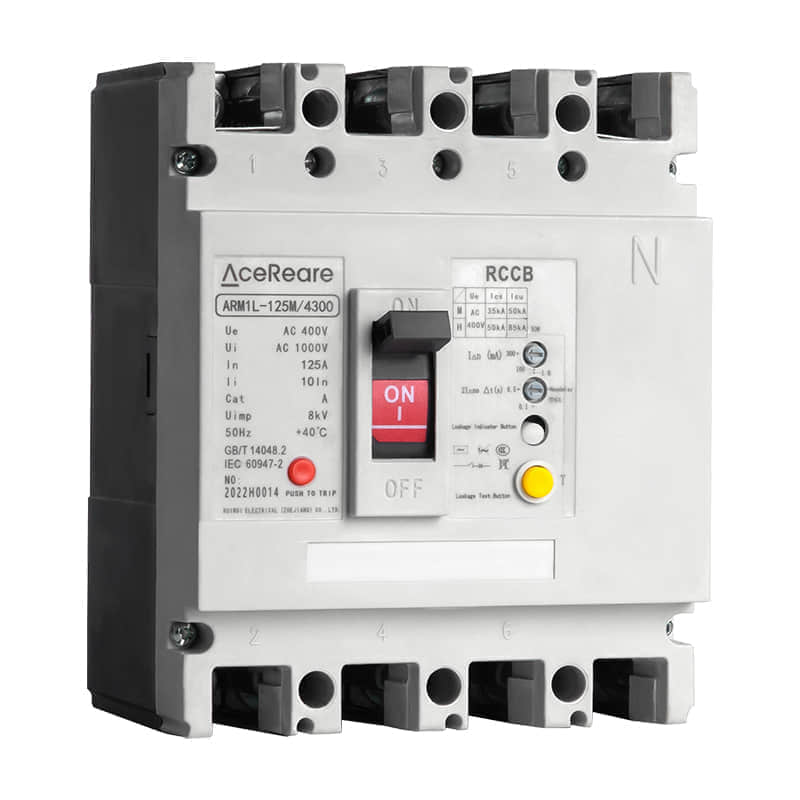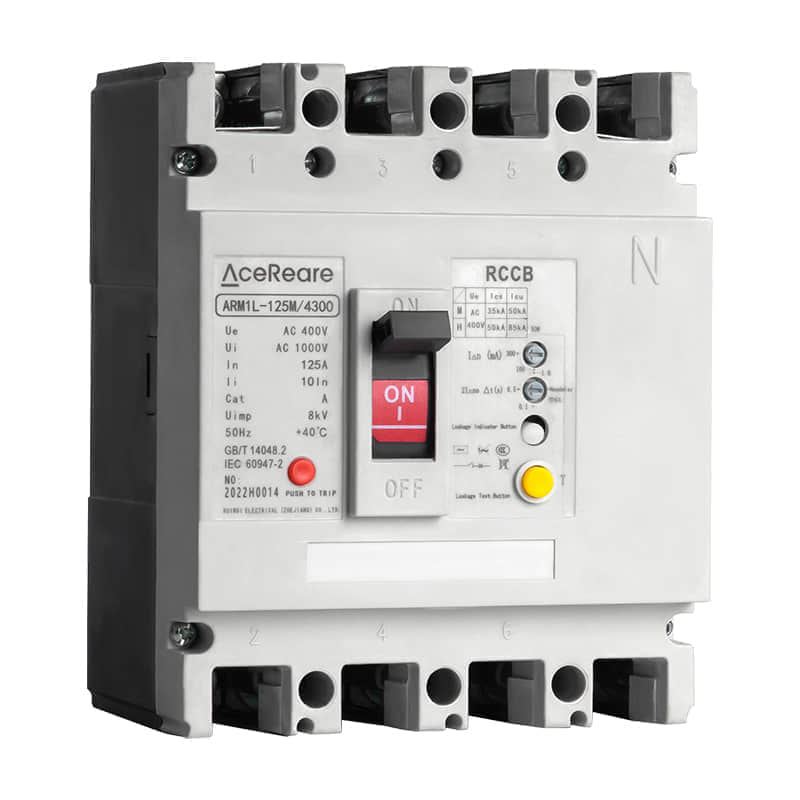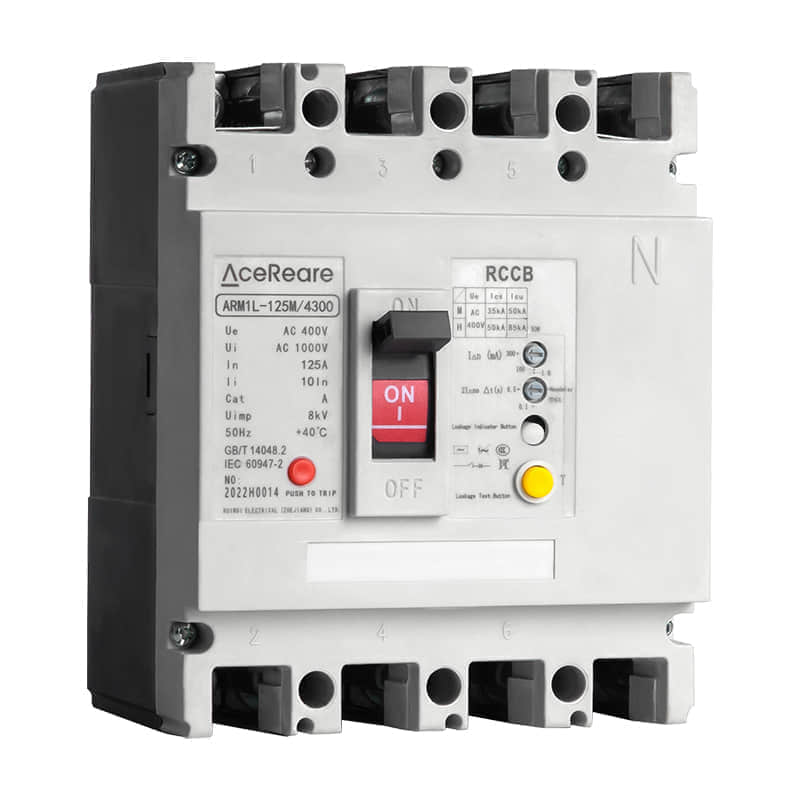Residual Current Circuit Breakers (RCCBs) – Safeguarding Lives and Property

In the realm of electrical safety, the importance of Residual Current Circuit Breakers (RCCBs) cannot be overstated. These unassuming devices play a pivotal role in preventing electrical accidents and fires, making them an indispensable component of modern electrical systems. In this article, we will delve into the world of RCCBs, exploring their purpose, types, and the critical role they play in protecting lives and property.

What is an RCCB? An RCCB, also known as a Residual Current Device (RCD), is an electrical device designed to monitor and protect against ground faults in electrical circuits. Ground faults occur when an unintended electrical path is established between an energized conductor and the ground. This can result from damaged wiring, faulty appliances, or insulation breakdown. Ground faults are dangerous because they can lead to electric shock, fires, and damage to electrical equipment. How does an RCCB work? RCCBs operate on a simple yet effective principle: they continuously monitor the current flowing in both the live (hot) and neutral wires of a circuit. In a perfectly balanced circuit, where the current entering through the live wire equals the current returning through the neutral wire, the RCCB remains inactive. However, when a ground fault occurs and some of the current leaks to the ground, causing an imbalance, the RCCB detects this discrepancy and trips the circuit almost instantaneously. By doing so, it disconnects the power supply and prevents further harm. Types of RCCBs There are two main types of RCCBs: 1) AC type and 2) A type. AC Type RCCB:These are the most common type and are designed to protect against sinusoidal alternating current (AC) faults. They are suitable for most residential and commercial applications. A Type RCCB:These devices are more sensitive and can detect both AC and pulsating direct current (DC) faults. A Type RCCBs are often used in specialized applications where DC fault protection is crucial, such as in industries that use variable speed drives and rectifiers. Why are RCCBs Essential? Protection Against Electric Shock:RCCBs are the first line of defense against electric shock. They can detect even small leakage currents, minimizing the risk of serious injuries or fatalities caused by electric shocks. Fire Prevention:Many electrical fires start as a result of ground faults. RCCBs can quickly disconnect the power supply, preventing overheating and fire hazards. Equipment Safety:RCCBs protect electrical appliances and equipment from damage due to ground faults, saving both property and money. Compliance with Electrical Codes:In many countries, using RCCBs is a legal requirement to ensure electrical safety in residential, commercial, and industrial installations. Installation and Maintenance Proper installation and regular maintenance of RCCBs are crucial for their effectiveness. Here are some essential tips: Professional Installation:Always hire a certified electrician to install RCCBs to ensure they are correctly connected and calibrated. Regular Testing:RCCBs should be tested periodically to verify their functionality. Most devices have a built-in test button for this purpose. Replacement:If an RCCB trips frequently or shows signs of malfunction, it should be replaced immediately to maintain safety. Conclusion In the ever-evolving world of electrical technology, RCCBs stand as a reliable and indispensable safeguard against electrical accidents and fires. Their ability to detect ground faults and promptly disconnect the power supply has saved countless lives and properties. Understanding the significance of RCCBs and ensuring their correct installation and maintenance is a shared responsibility that promotes electrical safety for all. Whether in our homes, offices, or industries, RCCBs are the silent guardians that protect us from the hidden dangers of electricity.
